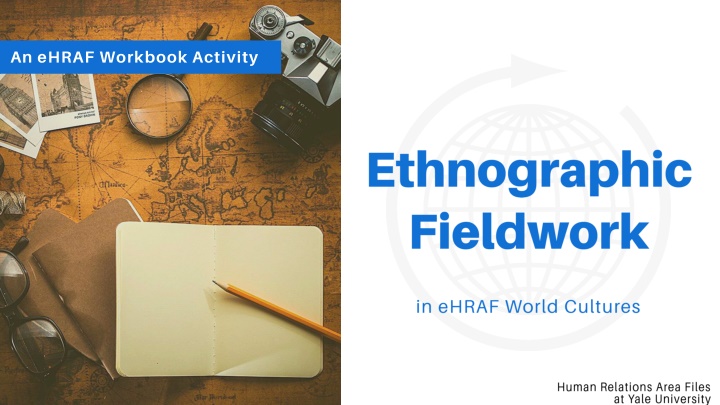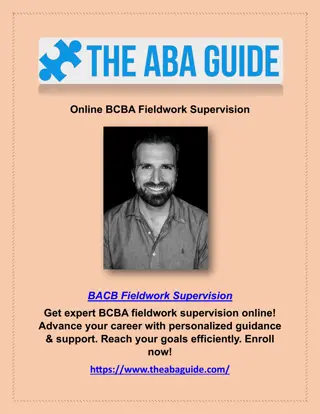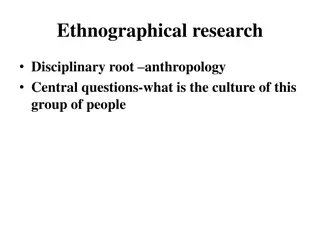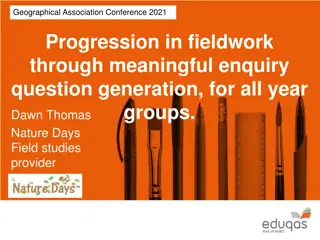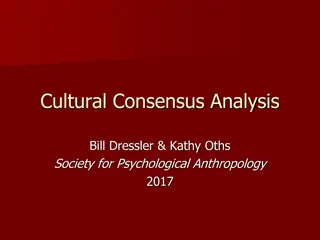Ethnographic Fieldwork and Writing Techniques
Dive into the world of ethnography with a comprehensive guide covering topics such as participant observation, working with informants, reflexive approaches, and more. Discover the ins and outs of conducting fieldwork, writing ethnographic studies, and developing a reflexive approach in your research. Engage with activities and explore key readings to enhance your understanding of ethnographic methodologies.
Download Presentation

Please find below an Image/Link to download the presentation.
The content on the website is provided AS IS for your information and personal use only. It may not be sold, licensed, or shared on other websites without obtaining consent from the author.If you encounter any issues during the download, it is possible that the publisher has removed the file from their server.
You are allowed to download the files provided on this website for personal or commercial use, subject to the condition that they are used lawfully. All files are the property of their respective owners.
The content on the website is provided AS IS for your information and personal use only. It may not be sold, licensed, or shared on other websites without obtaining consent from the author.
E N D
Presentation Transcript
Did you know?
DOING ETHNOGRAPHY participant-observation
INFORMANTS informants
AN INSIDER'S VIEW emic etic should
Argonauts of the Western Pacific, Chapter 1, Section VII, pages 17-21
Onions Are My Husband pages xx-xxiii and 18
Roster of the Gods Appendix One, pages 855-858
Sovereignty and Symbol pages 2-8
Rural Hausa: A Village and Setting page 148
How would you observe the following cultural practices ethnographically? Write a brief ethnography of one of the following experiences (or choose your own):
emic etic
Human Relations Area Files An eHRAF Workbook Activity
